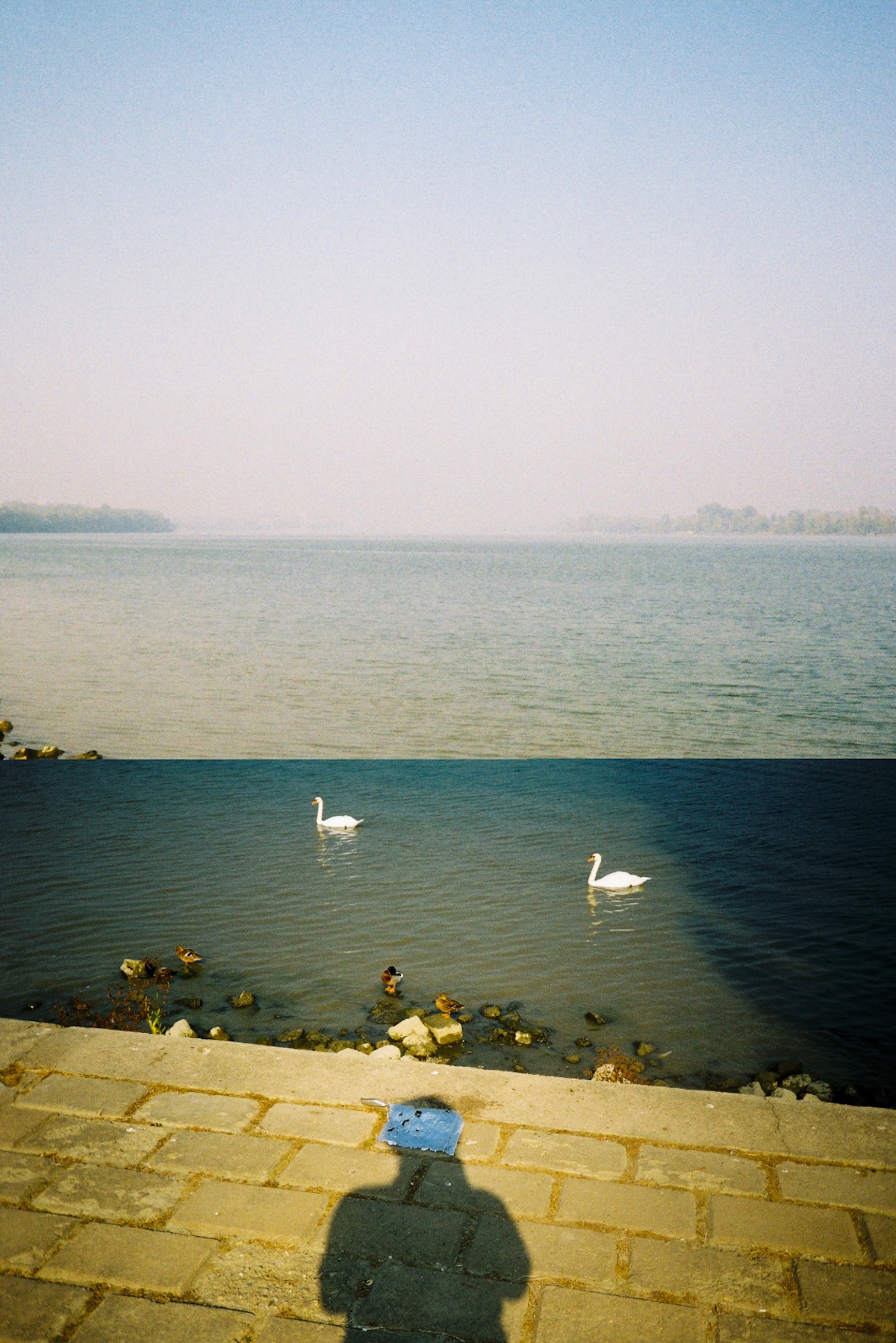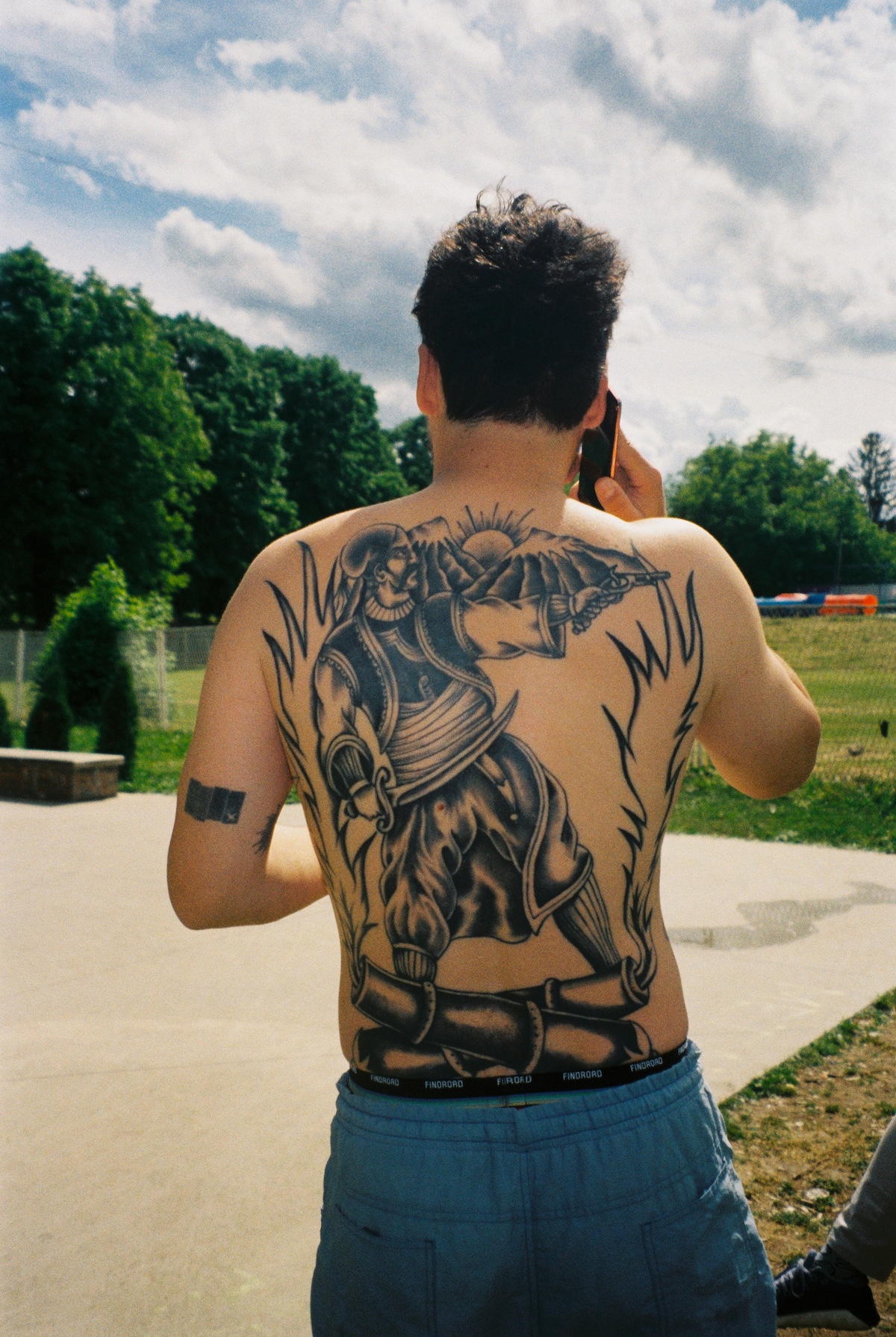Through a prism of solitary objects and portraits, Sounds of Existence by young and promising photographer Strahinja Vukić explores the silence embedded in everyday moments. Working within a documentary mode, each frame reveals an emotional complexity woven from subtle notes of melancholy and tenderness. These works move beyond mere documentation and become quiet, autonomous stories; every detail is carefully preserved, suspended in time.
The series deliberately confronts the viewer with silence—with the quiet tension of spaces and moments that usually pass unnoticed. Objects that rarely occupy the central role in photography here acquire a new, deeper significance. Within them, the presence of the absent becomes articulated, a shadow of life held within the photograph. These scenes function as counterparts to human portraits; they become portraits of the city itself, revealing fragments of its intimacy, melancholy, and stillness.
The author’s focus is not on pursuing ideal composition but on a diary-like approach—recording what is encountered, seen, and felt. In this way, documentary simplicity becomes an open space for reflection and emotion. Through simple yet semantically rich compositions, the viewer is invited to confront silence, solitude, and fragilities that often remain invisible in everyday life. Sounds of Existence is not only a journey through images but also an invitation to contemplate the moments that remain unspoken yet no less significant.

About the Artist
Strahinja Vukić (1997, Serbia) discovered photography early through a dual influence: visually, from his parents, who worked with photography, and auditorily, from his grandfather, a professional clarinetist, who instilled in him a sense of rhythm and “moving images.” His professional path deepened after moving to Belgrade in 2017, where he gained his first studio experience in photography and post-production. A key step came in 2018 when he enrolled at the Faculty of Dramatic Arts, Department of Camera, where he developed a stronger understanding of visual storytelling. During this period, he worked actively on documentary and feature films, and presented his work in several group exhibitions in Čačak and Belgrade, including Identities at the Student Cultural Center (SKC).
Vukić’s style—continuously evolving—is inspired by his immediate surroundings and the people he encounters, merging a documentary sensibility with formal education and personal observation.

